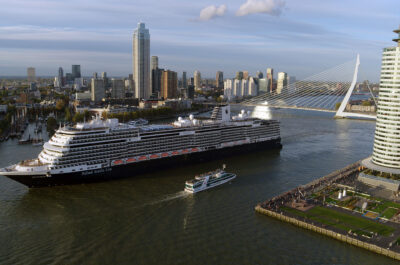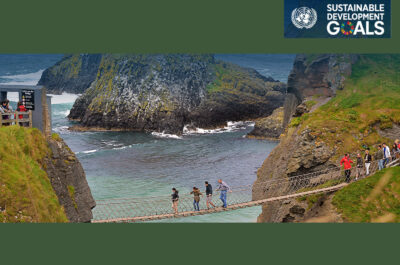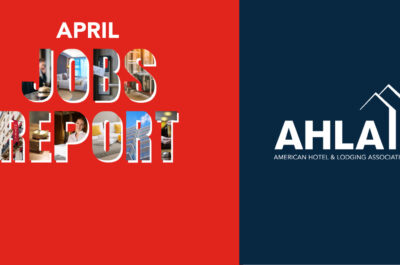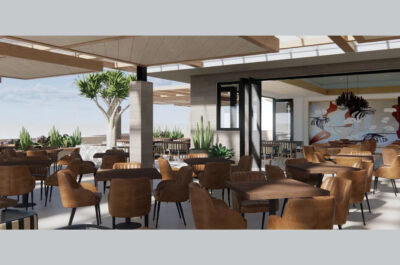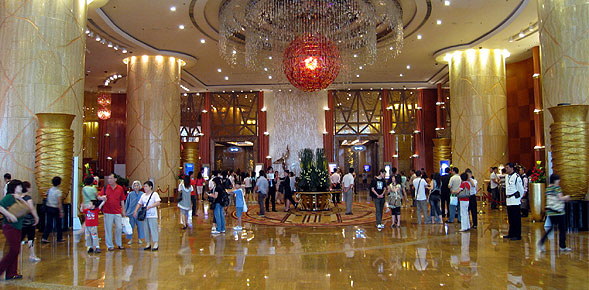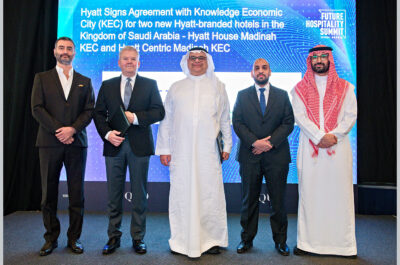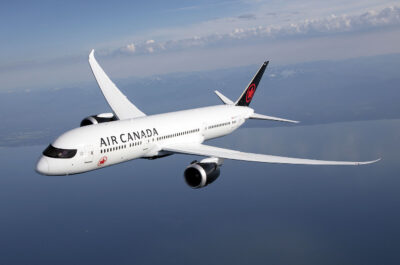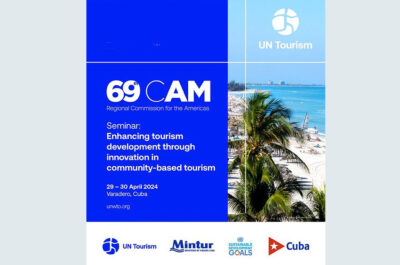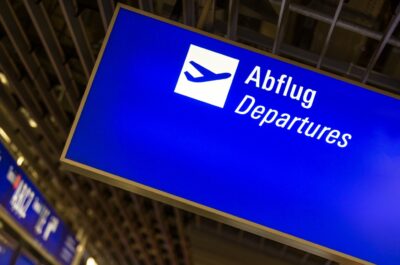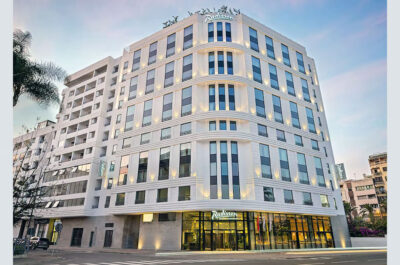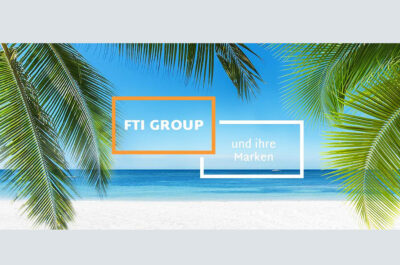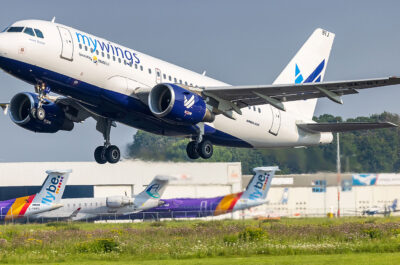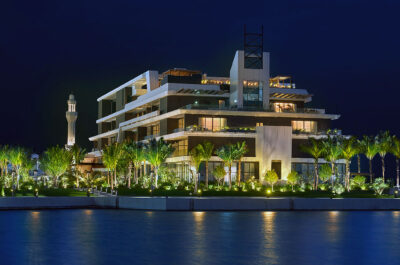Hotels in Europe reported positive results in the three key performance metrics when reported in euro constant currency, according to November 2016 data from STR.
LONDON – Hotels in the Central/South America region recorded mixed results in the three key performance metrics when reported in U.S. dollar constant currency, according to November 2016 data from STR.
Compared with November 2015, the Central/South America region reported a 3.8% decrease in occupancy to 60.3%. However, average daily rate (ADR) was up 6.0% to US$94.15, and revenue per available room (RevPAR) increased 1.9% to US$56.76.
Performance of featured countries for November 2016 (local currency, year-over-year comparisons):
Brazil continued to struggle with occupancy falling 7.8% to 55.5% and ADR down 8.9% to BRL275.11. As a result, RevPAR dropped 16.0% to BRL152.82. Performance was brought down significantly by a 40.9% drop in RevPAR in Rio de Janeiro, the country’s key hotel market. STR analysts note that Brazil’s performance declines may continue for some time, as there are 94 hotels In Construction in the country as well as another 131 pipeline projects in planning phases. Additional demand will be needed to offset such significant supply growth.
Costa Rica reported year-over-year growth across the three key metrics: occupancy (+2.0% to 69.5%), ADR (+2.4% to CRC65,673.61) and RevPAR (+4.5% to CRC45,657.63). November marked the eighth consecutive month that Costa Rica posted RevPAR growth. According to STR analysts, one factor that drove the country’s performance in November was group business (bookings of 10 or more rooms) in San José.
Panama recorded 3.8% growth in occupancy to 52.6%, while ADR dropped 4.4%% to PAB93.35. RevPAR subsequently fell 0.8% to PAB49.13. This marked Panama’s lowest absolute ADR level since August 2006. STR analysts note that the country’s performance has been heavily affected by supply increases over the last several years.
Performance of featured markets for November 2016 (local currency, year-over-year comparisons):
Bogotá, Colombia, recorded a 16.1% increase in occupancy to 69.6% and a 2.0% increase in ADR to COP289,328.18, resulting in an 18.5% increase in RevPAR to 201,410.83. November was a historical month for Colombia, as the government signed a revised peace deal with Farc (Revolutionary Armed Forces of Colombia).
Lima, Peru, posted a 0.5% decrease in occupancy to 75.1%, but a 40.7% spike in ADR to PEN702.57 boosted RevPAR 40.0% to PEN527.59. Lima hotels benefitted from hosting APEC Peru 2016 (Asia-Pacific Economic Cooperation), with ADR above PEN1,000.00 each day from 15-20 November.
Quito, Ecuador, reported a 13.7% decline in occupancy to 62.6% and a moderate 0.4% drop in ADR to USD105.26. As a result, RevPAR fell 14.0% to USD65.86. STR analysts point to strong supply growth (+7.5%) as a reason behind the performance.
Europe hotel performance for November 2016
Hotels in Europe reported positive results in the three key performance metrics when reported in euro constant currency, according to November 2016 data from STR.
Compared with November 2015, Europe reported 4.2% growth in occupancy to 70.3%. Average daily rate (ADR) rose 1.5% to EUR107.14. Revenue per available room (RevPAR) increased 5.8% to EUR75.36.
Performance of featured countries for November 2016 (local currency, year-over-year comparisons):
Italy recorded a 4.9% increase in occupancy to 64.1%, but a 7.3% decline in ADR to EUR108.11 pulled RevPAR down 2.7% to EUR69.33. STR analysts note that the country’s ADR performance was brought down by a steep decline in Milan (-18.6%), its largest hotel market, which posted year-over-year performance decreases in comparison with the month that followed Expo Milano 2015. Smaller markets like Sicily, Veneto and Emilia Romagna each posted RevPAR increases for the month.
Netherlands posted 2.9% growth in occupancy to 70.2% and a 1.4% increase in ADR to EUR109.49. As a result, RevPAR rose 4.3% to EUR76.83. The absolute ADR level was the highest for a November in the country since 2008. STR analysts note that the Netherlands’ overall performance is heavily influenced by the airport and inner submarkets of its capital city, Amsterdam.
Spain posted increases in both occupancy (+1.0% to 70.8%) and ADR (+3.9% to EUR98.08), resulting in 4.9% growth in RevPAR to EUR69.44. The absolute occupancy level was the highest for a November in Spain since 2000. In addition, the country has now reported 43 consecutive month of year-over-year RevPAR growth. STR analysts note that November’s performance was largely driven by hotels in regional areas, while the two major cities, Madrid and Barcelona, both reported flat performance.
Performance of featured markets for November 2016 (local currency, year-over-year comparisons):
Berlin, Germany, posted record highs for the month of November across all key performance levels: occupancy (+4.7% to 81.1%), ADR (+1.5% to EUR93.42) and RevPAR (+6.3% to EUR75.76). Breaking down the market’s performance by submarket, the Berlin Surroundings Area recorded double-digit growth in RevPAR. While data is not yet available to analyze the impact of the Monday, 19 December attack, events of this nature tend to hurt hotel markets in the short term, as STR reported earlier this year. STR will release preliminary December data for Berlin during the second week of January.
Dublin, Ireland, reported a 3.7% decline in occupancy to 78.3% but a 3.8% increase in ADR to EUR121.03. As a result, RevPAR was flat at EUR94.80. While this marked Dublin’s highest actual ADR for any November on record, demand declined 2.8% compared with November 2015.
London, United Kingdom, recorded its strongest month of 2016 in terms of growth with an 8.0% increase in RevPAR to GBP130.33. This was due to a 5.3% lift in occupancy to 85.9% and a 2.6% increase in ADR to GBP151.65. STR analysts note that the results are in comparison with November 2015, when London’s hotel market experienced an aftershock following the terror attacks in Paris, France.
Middle East and Africa hotel performance for November 2016
Hotels in the Middle East reported mixed November 2016 results, while hotels in Africa posted positive results in the three key performance metrics when reported in U.S. dollar constant currency, according to data from STR.
Compared with November 2015, the Middle East recorded a 3.1% increase in occupancy to 71.3%. However, a 7.7% drop in average daily rate (ADR) to US$182.60 pulled revenue per available room (RevPAR) down 4.8% to US$130.27.
Africa experienced a 1.2% increase in occupancy to 59.9%. That coupled with an 18.6% spike in ADR to US$118.59 pushed RevPAR up 20.0% to US$71.01.
Performance of featured countries for November 2016 (local currency, year-over-year comparisons):
Kenya recorded a 13.6% increase in occupancy to 58.0%, mitigating a 3.7% drop in ADR to KES13,612.49. As a result, RevPAR grew 9.4% to KES7,899.87. The World Bank’s most recent Kenya Economic Update projected 5.9% growth for Kenya’s economy, helped by low oil prices, good agricultural performance, a supportive monetary policy and ongoing infrastructure investments. For Kenya’s hotel industry, this will likely translate to significant supply growth, as there are currently 2,349 rooms in the pipeline set to enter the market over the next five years.
Qatar reported a 1.2% decline in occupancy to 69.1% and a 6.8% decrease in ADR to QAR469.75, leading to an 8.0% drop in RevPAR to QAR324.38. Significant supply growth (+6.1%) outpaced solid demand growth (+4.8%) during the month. STR analysts note that the amount of new supply entering the country is not expected to slow any time soon, as there are currently 15,958 rooms in Qatar’s pipeline—3,121 of which are set to hit the market in 2017. The country’s economy also been affected by falling oil prices.
South Africa saw relatively flat occupancy (+0.7% to 72.7%), while ADR rose 9.1% to ZAR1,230.84, pushing RevPAR growth 9.9% to ZAR895.30. STR analysts note the importance of tourism to the country’s economy, and by extension, hotel industry. According to South Africa’s Department of Environmental Affairs, international arrivals increased 14.8% during the first seven months of the year. The country has now reported 64 straight months of RevPAR growth.
Performance of featured markets for November 2016 (local currency, year-over-year comparisons):
Abu Dhabi, United Arab Emirates, reported a 3.2% decline in occupancy to 81.0% and a 10.6% decrease in ADR to AED659.73, resulting in a 13.5% drop in RevPAR to AED534.11. STR analysts note that November is a traditionally strong month for Abu Dhabi, but supply growth (+3.5% year to date) continues to drive negative year-over-year performance. While November as a whole showed negative figures, the market did achieve four consecutive days with ADR above AED1,000.00 thanks to the Formula 1 Abu Dhabi Grand Prix.
Beirut, Lebanon, posted a 17.4% increase in occupancy to 55.3%. ADR fell 7.8% to LBP192,214.91. RevPAR rose 8.3% to LBP106,297.27. The spike in occupancy came in comparison with a low base in November 2015 (47.1%). STR analysts note that despite improved security conditions, the market’s hotels continue to face challenges due to regional tensions and political instability.
Muscat, Oman, reported significant declines in occupancy (-13.0% to 64.2%) and ADR (-13.6% to OMR75.95), resulting in a 24.8% decline in RevPAR to OMR48.74. STR analysts note that Oman’s economy has been heavily affected by low oil prices, and year-to-date figures through November show that RevPAR in Muscat is down 20.7%.
Theodore is the Co-Founder and Managing Editor of TravelDailyNews Media Network; his responsibilities include business development and planning for TravelDailyNews long-term opportunities.




